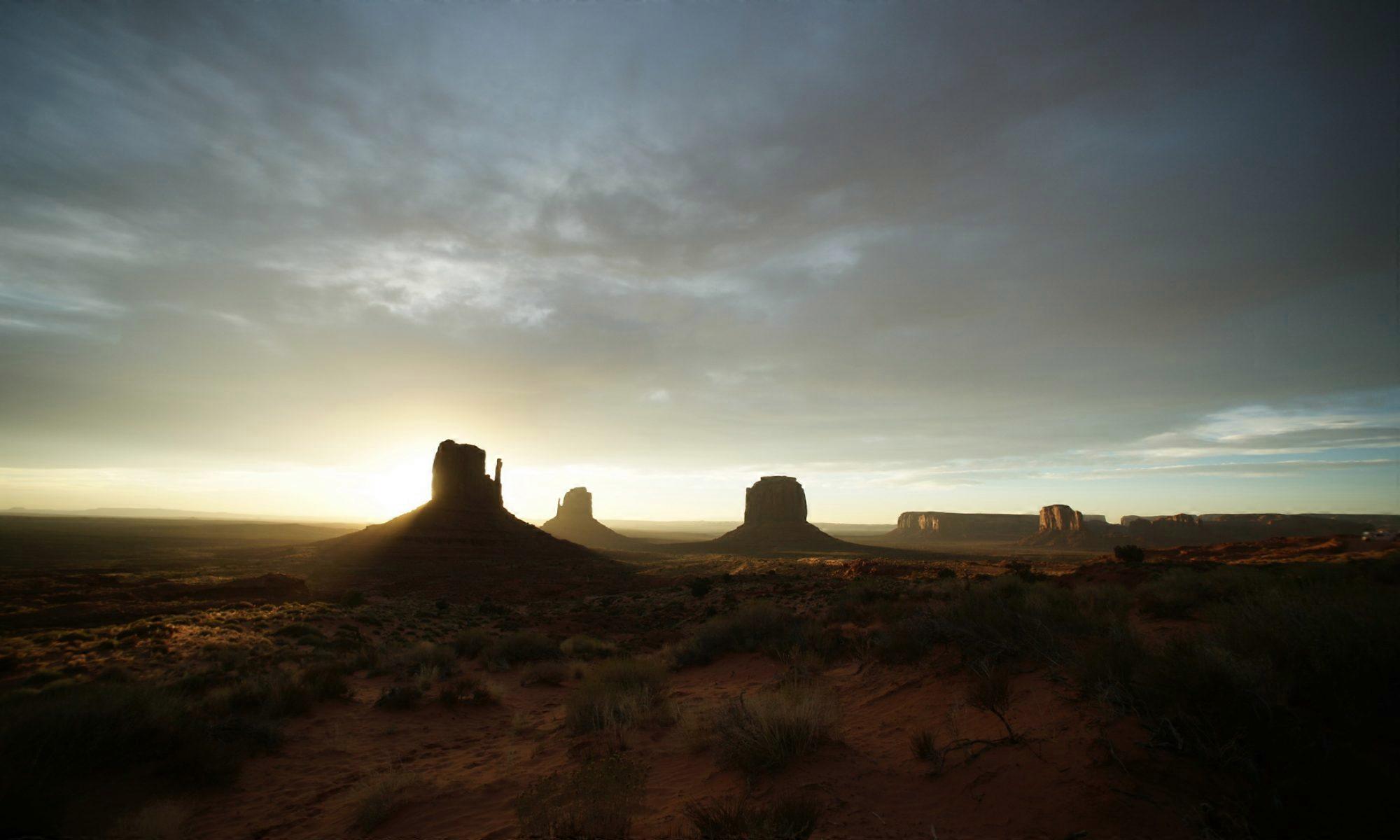My opportunities to make a trip for a night on a dark mountain top are quite limited. On one side, going to work after close to no sleep is not the best option. On the other side, in my area in central Europe, there are annoyingly long and frequent periods of bad weather (astronomically speaking). Further more, one living here may get the feeling that better weather happens more likely during full moon. Though I have no proven fact to support this theory ;-).
So to keep in “touch” with the night sky more frequently, I set up my telescope mount on my balcony. Fortunately, I have a wide enough balcony to leave the mount almost permanently. Having a telescope mount which is polar aligned at hand, is a sensational treat! I simply add one of my telescopes, power everything up and am ready to go.
As pleasing as this may be, my balcony has some features, which are not so well fit for astronomy:
- My balcony is facing south-east at 150° – which is nice. Though as I live at the northern brink of a city, I am observing through the light plume and air currents generated from us humans. It could be worse, but 19.5mpss (Bortle 6) at clear winter nights is not quite dark.
- My view is limited to the part of the sky from 100°-220° (east to south-west)
- The maximum altitude I may observe is approximately 70°
- Due to uprising heat and local topology seeing is limiting detail to 2.5 arc seconds at best
- The concrete floor does flex and vibrate, if someone steps outside
Nevertheless, thanks to filters and sensitive cameras, observing or imaging under these limiting conditions is possible. I tried to improve my skills over to past months (years?). And finally, I am capturing data, which is satisfying to me and astonishing, that so much may be extracted from rather bright night skies!
Most of the objects, I pointed my telescope at, were from the Messier Catalog. Charles Messier compiled the brightest and most famous deep sky objects to a catalog back in 1771. As the majority of these Messier Objects pass in view from my balcony, I came up with the idea, to capture as many of the 110 objects as possible…
So, here I present all of the Messier Objects, I could image. To complete the 110 object list, I will also add the never-in-view objects. But I will add proper remarks to the overview and detail pages.
| M1 | M2 | M3 | M4 | M5 | M6 | M7 | M8 | M9 | M10 |
| M11 | M12 | M13 | M14 | M15 | M16 | M17 | M18 | M19 | M20 |
| M21 | M22 | M23 | M24 | M25 | M26 | M27 | M28 | M29 | M30 |
| M31 | M32 | M33 | M34 | M35 | M36 | M37 | M38 | M39 | M40 |
| M41 | M42 | M43 | M44 | M45 | M46 | M47 | M48 | M49 | M50 |
| M51 | M52 | M53 | M54 | M55 | M56 | M57 | M58 | M59 | M60 |
| M61 | M62 | M63 | M64 | M65 | M66 | M67 | M68 | M69 | M70 |
| M71 | M72 | M73 | M74 | M75 | M76 | M67 | M78 | M79 | M80 |
| M81 | M82 | M83 | M84 | M85 | M86 | M87 | M88 | M89 | M90 |
| M91 | M92 | M93 | M94 | M95 | M96 | M97 | M98 | M99 | M100 |
| M101 | M102 | M103 | M104 | M105 | M106 | M107 | M108 | M109 | M110 |

